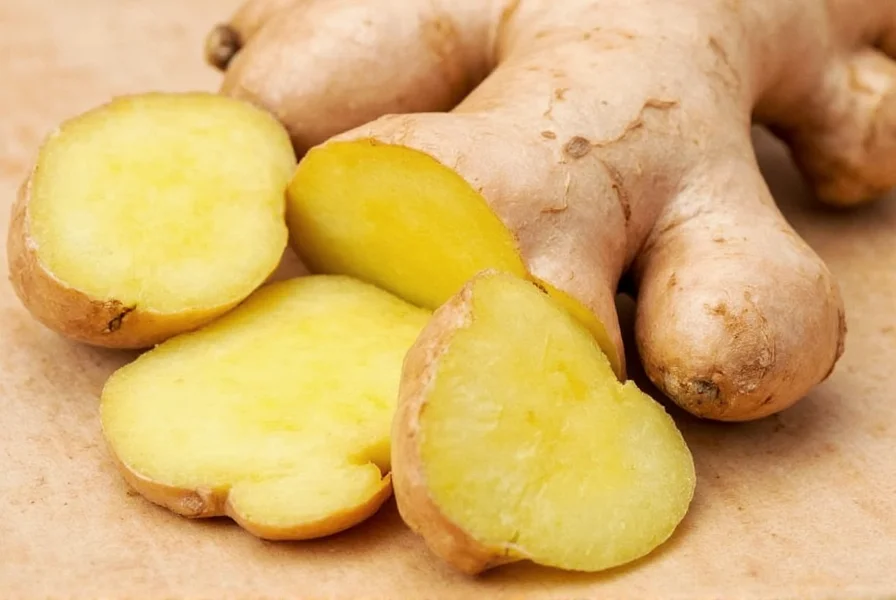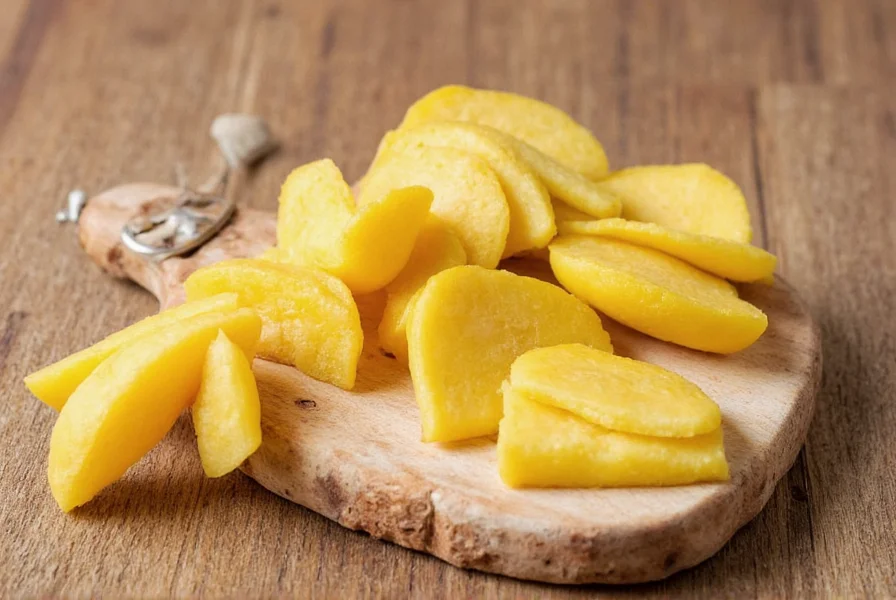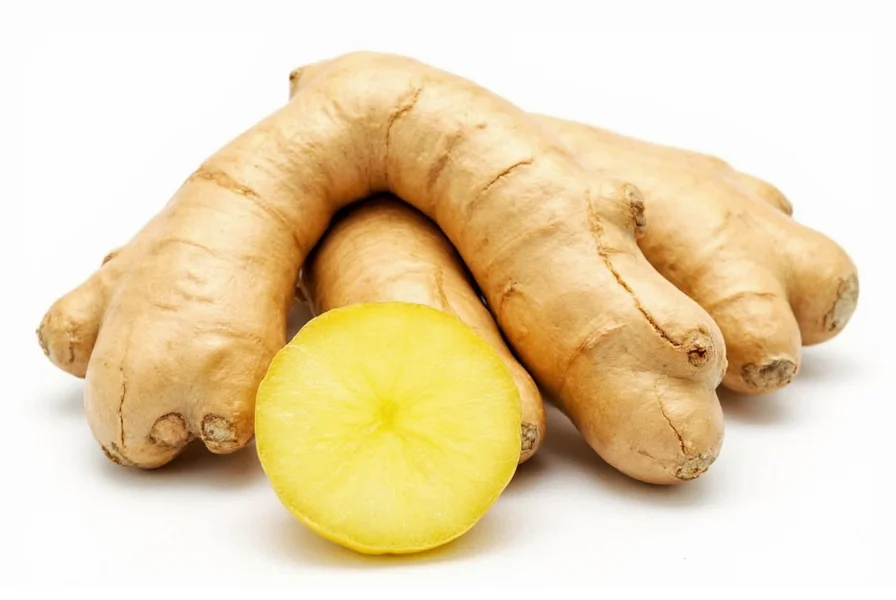Ginger has been cultivated for over 5,000 years across Asia, Africa, and the Caribbean, becoming one of the world's most popular culinary and medicinal plants. The rhizome contains bioactive compounds like gingerols and shogaols that give ginger its signature spicy taste and numerous health benefits.
Botanical Classification and Characteristics
As a member of the Zingiberaceae family, ginger shares botanical relations with turmeric, cardamom, and galangal. The scientific name Zingiber officinale distinguishes true ginger from other "ginger" plants like wild ginger (Asarum) or myoga ginger (Zingiber mioga).
The ginger plant grows 2-3 feet tall with narrow green leaves and purple or yellow flowers. What we commonly call "ginger root" is technically a rhizome—a horizontal underground stem that stores nutrients and produces new shoots. Fresh ginger rhizomes range from pale yellow to dark brown with a fibrous texture and pungent aroma.

Historical Significance and Global Spread
Originating in maritime Southeast Asia, ginger spread along ancient trade routes to India, the Middle East, and eventually Europe. Roman writings from the 1st century CE mention ginger as a valuable spice worth its weight in weight. During the Middle Ages, ginger became so prized that a pound of ginger equaled the cost of a sheep.
European explorers established ginger plantations throughout the Caribbean and West Africa during the colonial era. Today, India remains the world's largest producer of ginger, followed by Nigeria, China, and Nepal.
Culinary Applications Worldwide
Ginger's versatility makes it indispensable in global cuisines:
| Regional Cuisine | Common Ginger Applications |
|---|---|
| Asian | Stir-fries, curries, sushi accompaniment, teas, pickled ginger |
| Middle Eastern | Spice blends like baharat, meat marinades, baked goods |
| Caribbean | jerk seasoning, ginger beer, stews, seafood dishes |
| Western | Gingerbread, cookies, candies, ginger ale, spice rubs |
Nutritional Profile and Health Benefits
A single tablespoon (about 6 grams) of raw ginger contains:
- Approximately 4 calories
- 0.1g protein
- 1g carbohydrate
- Trace amounts of vitamin C, magnesium, and potassium
The primary bioactive compounds—gingerols and shogaols—contribute to ginger's anti-inflammatory and antioxidant properties. Research suggests ginger may help with:
- Nausea relief, including morning sickness and motion sickness
- Digestive health improvement
- Muscle pain reduction
- Nausea relief, including morning sickness and motion sickness
Different Forms of Ginger
Ginger appears in various forms, each with distinct flavor profiles and uses:
- Raw/fresh ginger: Most potent flavor, used grated, sliced, or juiced
- Dried ginger powder: More concentrated flavor, common in baking and spice blends
- Candied ginger: Preserved in sugar syrup, used as confection or baking ingredient
- Ginger essential oil: Highly concentrated form used in aromatherapy and flavoring
- Ginger tea: Made from fresh or dried ginger, often combined with lemon and honey

Proper Storage and Preparation Techniques
To maximize freshness and flavor:
- Store unpeeled ginger in a paper bag in the refrigerator's vegetable drawer for 2-3 weeks
- Freeze whole ginger rhizomes for up to 6 months; grate frozen ginger directly into dishes
- Peel ginger using the edge of a spoon for minimal waste
- For stronger flavor, slice ginger; for milder flavor, crush or mince
Common Misconceptions About Ginger
Many people confuse related plants:
- Ginger vs. galangal: Galangal has a sharper, more citrusy flavor and smoother skin
- Ginger vs. turmeric: Turmeric has bright orange flesh and earthier flavor
- Ginger vs. cassumunar: Sometimes called "Thai ginger," it has different medicinal properties
Growing Ginger at Home
Ginger can be cultivated in warm climates or as a container plant:
- Requires partial shade and well-draining, nutrient-rich soil
- Grows best in temperatures between 71-77°F (22-25°C)
- Takes 8-10 months to mature from planting to harvest
- Start with a fresh ginger rhizome containing visible growth buds











 浙公网安备
33010002000092号
浙公网安备
33010002000092号 浙B2-20120091-4
浙B2-20120091-4